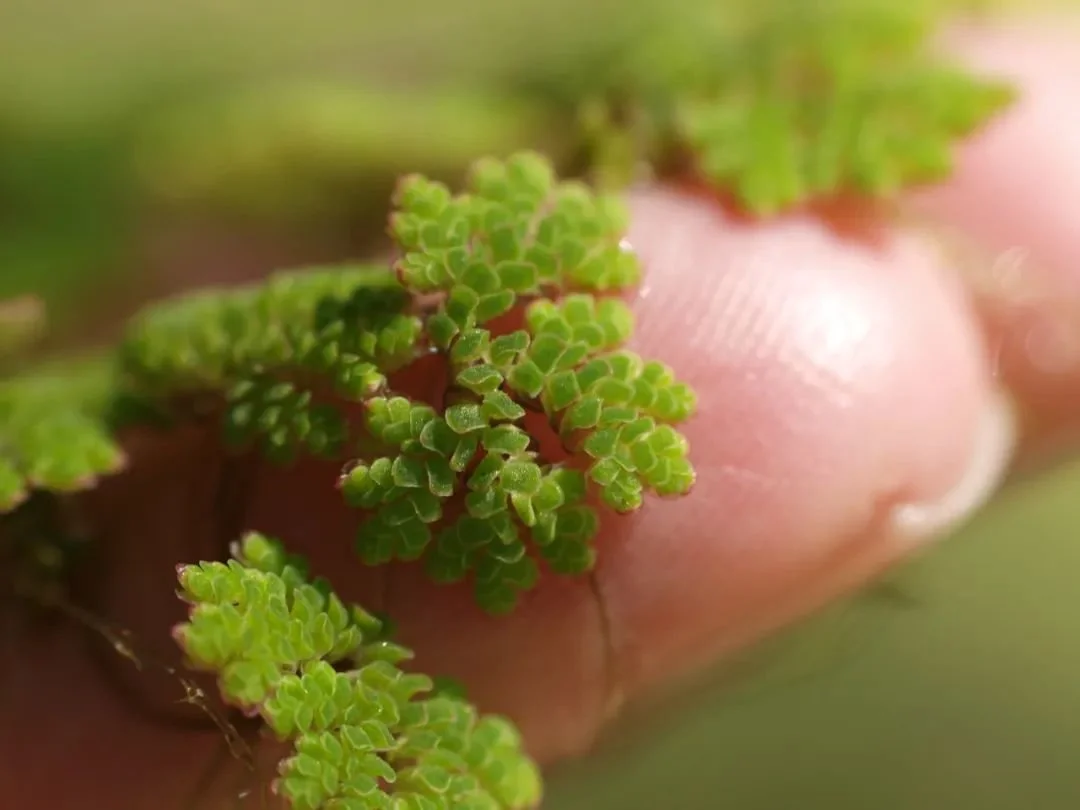Earth’s poles are currently snow and ice, but this state has not been common in Earth’s history.
In fact, 55 million years ago, the carbon dioxide content of the earth was extremely high, reaching 2500-3500ppm, which is much higher than the current level of 400ppm, so this period is also called the Paleocene-Eocene extreme heat event (Paleocene- Eocene Thermal Maximum).
You know, such a high concentration of carbon dioxide has made the Arctic suffocate a subtropical climate, and the temperature has reached 12-15 degrees Celsius. You could even see rainforests and hippo-like animals in the Arctic back then. Evidence of the Arctic overheating is still there. For example, on Ellesmere Island, an arctic archipelago, fossils of dense forests at that time can be found.
53 million years ago, Ellesmere Island in the Arctic had a very warm climate and was home to the hippopotamus-like mammal Coryphodon. (Photo credit: THE AMERICAN MUSEUM OF NATURAL HISTORY)
But when did the Arctic start to get colder?
This is one of the great mysteries of Earth’s history.
In the Oligocene after the Paleocene-Eocene extreme heat event, the concentration of carbon dioxide in the earth’s atmosphere suddenly decreased, followed by a decrease in atmospheric temperature, and the poles were frozen as they are now.
In other words, the Earth suddenly changed from a greenhouse to an ice cave, and researchers were caught off guard by this sudden change, so they dubbed this period the “Oligocene Icehouse Conundrum.”
Manjianghong, also known as “Red Ping” or “Green Ping” (yes, yes, is the heroine of Yilian Youmeng), is a very common “water grass”. They grow in pieces on the water surface and show a bright red color under the scorching sun. Hence the domineering name. You can see it in many places, but you may not know how important it was to the livelihood of our ancestors.
In fact, Manjianghong is the god assist of rice, which is why this plant has become a brand name, and is even called a “national treasure” by some scholars.
The importance of Manjianghong to agriculture is that it is the only organism other than legumes that is used for nitrogen fixation in agriculture, which is equivalent to ancient nitrogen fertilizer. In spring, when farmers irrigate the paddy fields, they will plant Manjianghong. Manjianghong’s growth rate is extremely fast, so it can restrain the growth of other weeds.
In the late stage of rice growth, the growth of Manjianghong deteriorated due to the blocking of sunlight by the rice. When the rice is harvested, the water in the paddy fields is emptied, and Manjianghong will dry to death. After Man Jianghong died, the nitrogen-containing substances it produced became organic fertilizers for rice fields.
However, Manjianghong does not fix nitrogen alone. It also relies on a kind of divine assistance – Anabaena azollae, a cyanobacteria of the genus Anabaena (also called cyanobacteria or blue-green algae). Manjianghong’s nitrogen fixation skill point is given by this cyanobacteria.
This cyanobacteria and Manjianghong have a symbiotic relationship. Due to the co-evolutionary history of more than 110 million years, many of its genes have been lost, or have been directly swallowed by the nucleus of Manjianghong. Therefore, this cyanobacteria cannot survive without Manjianghong.
Thanks to the help of cyanobacteria, Manjianghong has become one of the fastest growing plants, doubling its weight in just two days. Cyanobacteria also make Manjianghong particularly resistant to manufacturing: Manjianghong can live in only 3 cm of water.
Manjianghong is now cultivated in rice fields in many parts of Asia, especially Southeast Asia, including India, Pakistan, the Philippines, and Thailand. Some countries in West Africa and South America, such as Ecuador, have also begun to plant Manjianghong.
Seeing this, you can roughly understand why researchers are surprised to see Manjianghong in the Arctic, because Manjianghong is a freshwater plant that is afraid of cold. However, the Arctic ice core shows that in the early Oligocene (about 48 million years ago), Manjianghong was not scattered in the sedimentary layers of the Arctic, but dominated the Arctic ocean. The sheer number of them led researchers to name this geological era the “Arctic Azolla Event”.
So, how did Manjianghong come to the Arctic sea?
A study published in Nature in 2006 pointed out that a layer of fresh water on the Arctic ocean at that time created conditions for the proliferation of Manjianghong, which was not brought by rivers, but was fertilized by the Arctic itself.
Can there be a freshwater layer on the sea surface? This is the case today, too, with the Amazon River leaving hundreds of kilometers of freshwater in the Atlantic Ocean.
About 49 million years ago, the Arctic waters were “isolated”, surrounded by surrounding continents, and cut off from other oceans, so the sea began to layer like stagnant pools. In this way, fresh water from the river may float on the salt water layer for a long time.
And because of the stratification of the sea, the creatures at the bottom gradually die due to lack of oxygen. Since there are no aquatic organisms that can decompose Manjianghong, they can be deposited on the seafloor until they are discovered by humans.
The Manjianghong events lasted about 800,000 years, and their appearance and disappearance happened to be stuck at the critical time node of the earth’s climate change.
Comparing the beginning and end of the Manjianghong event, the concentration of carbon dioxide in the atmosphere (2500-3500ppm) was cut in half. You must know that before the Manjianghong event, the temperature of the earth was hotter than in the 21st century.
Coincidentally, after the Manjianghong event, the Arctic sea surface temperature rose rapidly from 10 degrees Celsius to 13 degrees Celsius.
Regardless of whether Manjianghong is the cause of the sudden change in climate, it has aroused strong interest from researchers and countries around the world.
Some researchers believe that humans may be able to curb or even reverse global warming if we make good use of this creature.
The world’s interest lies in economic interests. Because the discovery of the Manjianghong incident has led many countries to speculate that the Arctic seabed may contain a large amount of undeveloped oil formed by Manjianghong. The Manjianghong incident also set off another wave of exploration of Arctic resources.
Whether it is using Manjianghong live to cool the earth, or using their “corpses” thousands of years ago to continue the life of the oil industry, I hope this agricultural “black technology” can save mankind again.




GIPHY App Key not set. Please check settings